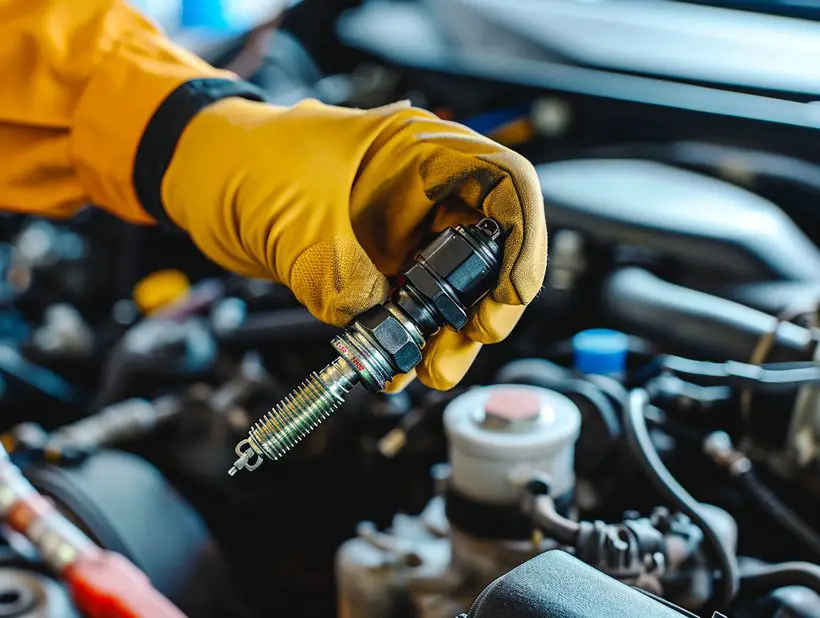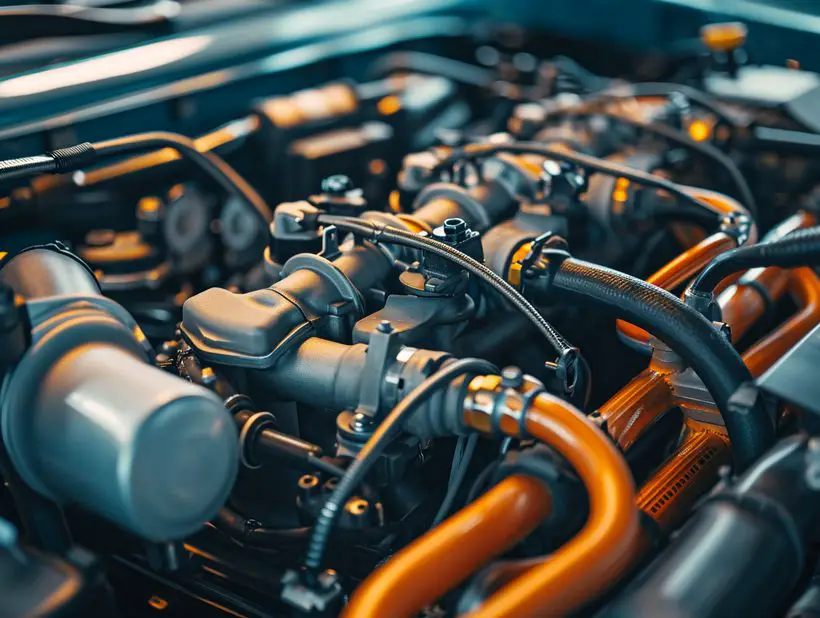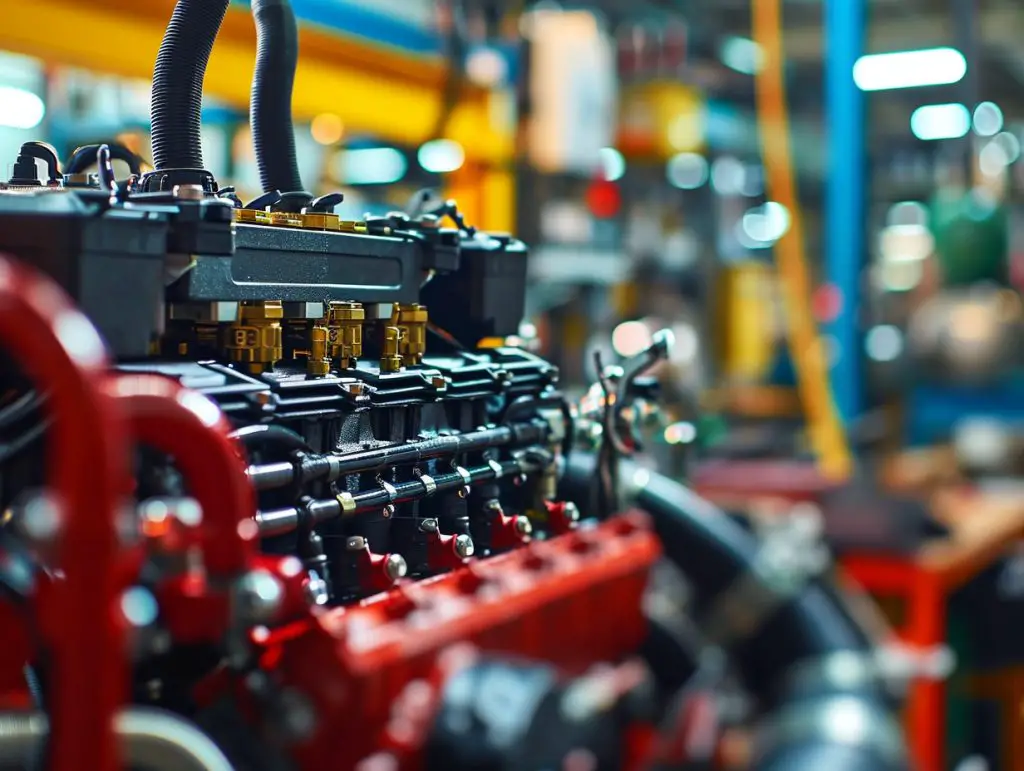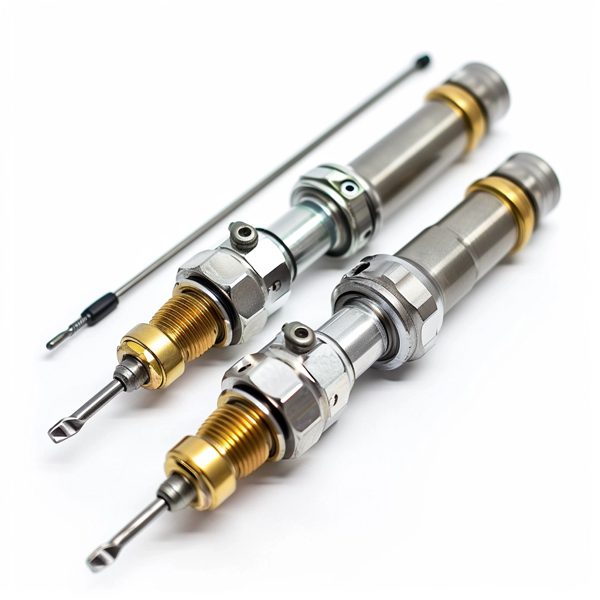Experiencing your car bucking and jerking during acceleration can be both unsettling and frustrating. It’s a clear sign that something’s not quite right under the hood. We’ve all been there, and we know how important it is to get to the bottom of such driveability issues.
Thankfully, understanding the potential causes isn’t as daunting as it might seem. We’re here to break down the common culprits behind these jarring motions and provide insight into what your vehicle is trying to tell you.
By identifying the problem early, you’ll save time and money, and more importantly, ensure your safety on the road. Let’s dive into the world of automotive troubleshooting and smooth out that ride.
Common Causes of Car Bucking and Jerking
When we’re faced with car bucking and jerking during acceleration, it’s crucial to hone in on the common culprits. Our troubleshooting adventures start with a keen eye on several potential issues.
Fuel System Disruptions
Fuel problems are often at the heart of acceleration hiccups. Here’s what might be going on under the hood:
- Clogged Fuel Injectors: Dirt or debris within the injector nozzles can disrupt the spray pattern, leading to a lean fuel mixture and subsequent jerking.
- Fuel Filter Blockage: A dirty filter can impede fuel flow, causing an engine to sputter and buck due to insufficient fuel reaching the combustion chamber.
- Fuel Pump Wear: Over time, fuel pumps can weaken, limiting the fuel’s pressure and volume delivered to the engine. This inconsistency can cause jerking.

Ignition System Issues
An engine’s ignition system is pivotal for smooth operation. Any misstep here can lead to noticeable problems.
- Faulty Spark Plugs: Worn or fouled spark plugs can misfire, which translates to jerking during acceleration.
- Ignition Coil Failure: If ignition coils are malfunctioning, the engine won’t receive the proper spark at the right time, causing a jolt in acceleration.
Airflow and Sensor Malfunctions
The correct air-to-fuel ratio is critical. If something’s amiss with the sensors or airflow, it’ll show in the vehicle’s performance.
- Mass Air Flow Sensor Error: If this sensor sends incorrect data, the engine control unit can’t properly balance the air-to-fuel mix, leading to engine misfires and jerking motions.
- Vacuum Leak: A leak in the vacuum system upsets the air balance, causing the engine to run erratically.
Exhaust System Restriction
An obstructed exhaust system restricts airflow, forcing the engine to work harder and less smoothly.
- Clogged Catalytic Converter: If this converter is blocked, it can cause pressure build-up and poor engine performance, including bucking and jerking motions.
Fuel Delivery Issues
When we’re behind the wheel and our car begins to buck and jerk, it’s not just alarming‚Äîit’s a red flag that demands immediate attention. Often, the root of the problem lies within the fuel delivery system, which is crucial for supplying your engine with the steady flow of gas it needs to run smoothly.
- Clogged Fuel Injectors: These are vital for spraying fuel into the engine’s combustion chamber. If they’re clogged, the fuel can’t properly atomize, leading to poor engine performance.
- Fuel Filter Blockage: A clean filter is key for keeping contaminants out of your fuel. When it’s blocked, fuel can’t reach the engine efficiently.

Regular maintenance can help ward off these issues, but wear and tear can still take their toll over time. Let’s take a closer look at signs that signal fuel delivery problems:
- Decreased MPG: An inefficient fuel system often leads to higher fuel consumption.
- Engine Misfires: Caused by inadequate fuel supply, this can lead to jerking motions.
- Rough Idling: A car that shakes while idling might be struggling with fuel delivery.
Identifying the signs is one thing, but understanding the implications is another. A faltering fuel pump will often present similar symptoms. Fuel pumps are engineered to last, but they do wear out. A pump that’s on its way out might whine or hum, and it’ll struggle to maintain pressure, making acceleration a rough affair.
To diagnose these issues, we can‚Äôt just guess‚Äîwe use specialized diagnostic tools to measure fuel pressure and output. Here’s a snapshot of the data we might collect:
| Fuel System Component | Expected Reading | Warning Level |
|---|---|---|
| Fuel Pressure | 30-60 psi | Below 30 psi |
| Injector Pulse | Consistent across injectors | Inconsistency detected |
Armed with this data, our technicians can pinpoint the source of fuel delivery interruptions. Regular maintenance, including replacing fuel filters and cleaning injectors, can prevent many of these issues from ever surfacing. However, when problems do arise, addressing them promptly can save us from more severe damage down the road.
Ignition System Problems
When we’re trying to decipher why our car is buckling and jerking during acceleration, it‚Äôs wise not to overlook the ignition system. This system is pivotal in the process of starting your engine and its smooth operation. If there’s an issue here, it can lead to misfires, which feel like a stumble or jerking motion when you press down on the gas pedal.
Spark plugs, ignition coils, and distributor caps are all critical components that can wear out or become damaged over time. Spark plugs are tasked with igniting the air-fuel mixture in the engine’s combustion chambers. Should they falter, you‚Äôll definitely notice performance issues. Here are some telltale signs of spark plug problems:
- Reduced fuel economy
- Engine misfires
- Rough idling
- Difficulty starting the car
Ignition coils transform the battery’s low voltage to the thousands of volts needed to create an electric spark in the spark plugs. If they’re not working properly, the engine will fail to run smoothly. As for distributor caps, despite being less common in modern vehicles, those that still have them could experience jerks and sputters if there’s moisture inside the cap or if the cap becomes cracked.

To diagnose ignition system faults, we typically:
- Inspect the spark plugs for wear
- Test the ignition coils with a multimeter
- Check the distributor cap for cracks or moisture
Maintaining a healthy ignition system involves regular checks and replacement of worn parts. Most manufacturers suggest replacing spark plugs every 30,000 to 100,000 miles, but refer to your owner’s manual for specific guidance related to your vehicle. Likewise, be vigilant about the condition of ignition coils and distributor caps during routine inspections.
Another part of the ignition system that might cause acceleration issues is the ignition module. This component controls the ignition coil or coils and can fail without warning. Here’s what might happen if the ignition module starts to give up:
- The engine may stall or hesitate during acceleration
- There may be an absence of sparks
- The “Check Engine” light could illuminate
A problematic ignition module requires immediate attention since it can lead to sudden engine shutdowns. Using a code reader, we can often retrieve trouble codes that can pinpoint a malfunctioning ignition module amongst other issues.
Sensor Malfunctions
Continuing with the complexities of a car’s operation, we often overlook how pivotal sensors are for smooth acceleration. Modern vehicles rely heavily on a network of sensors that feed real-time data to the car’s computer to ensure optimal performance. When these sensors malfunction, cars may begin to buck and jerk unnervingly.
Common Failing Sensors That Affect Acceleration
- Mass Air Flow Sensor (MAF): This sensor measures the amount of air entering the engine. A faulty MAF sensor can send incorrect information to the engine control unit (ECU), leading to an improper air-fuel mixture.
- Throttle Position Sensor (TPS): It monitors the throttle’s position and its rate of opening or closing. Issues with the TPS can manifest as hesitation or surging during acceleration.
- Oxygen Sensors (O2): These sensors gauge the oxygen levels in the exhaust to optimize combustion. If they fail, you might experience erratic engine performance due to improper fuel delivery.
It’s crucial to identify sensor troubles early on. Symptoms such as decreased fuel efficiency, sporadic idling, and a general loss in engine performance often suggest sensor-related issues. More advanced indicators might include:
- Engine warning lights on the dashboard
- Inconsistent power delivery when accelerating
- Trouble starting the engine
Diagnosing and Addressing Sensor Problems
Diagnosing sensor malfunctions call for specialized tools like OBD-II scanners which read the codes generated by the vehicle’s computer system. These diagnostic codes can pinpoint which sensor is underperforming or has failed outright. Following an accurate diagnosis, sensor-related problems typically require:
- Cleaning: Dirt and contaminants can impair sensor readings. A thorough cleaning might resolve the issue without the need for replacement.
- Adjustment: Some sensors can be recalibrated or repositioned if they’re out of alignment.
- Replacement: When sensors are beyond repair, installing a new one is often the necessary action to restore proper vehicle performance.
Periodic sensor checks should be a regular item on every car owner’s maintenance schedule. Keeping these components in check helps to maintain the delicate balance required for a smooth driving experience. Recognizing and servicing faulty sensors promptly can save us from potential disruptions in engine function and ensure ongoing, reliable transportation.

Transmission Troubles
When tackling the issue of our car bucking and jerking during acceleration, we can‚Äôt overlook transmission troubles as a potential culprit. Transmission hiccups can manifest in a variety of ways. Here’s what we should keep an eye out for:
- Unexpected gear shifts can cause our vehicles to jerk. This occurs when the transmission unpredictably hops into a different gear.
- Transmission fluid leaks or low levels limit the capability of the transmission to function correctly, leading to uneven power distribution.
- Worn clutches in manual transmissions affect the smooth transfer of power from the engine to the transmission.
Let’s dive deeper into the common signs of transmission issues that could be causing our car’s erratic behavior during acceleration:
- If you notice a delay in acceleration or a hesitation when we press the gas pedal, the transmission may be struggling to engage.
- A burning smell can be indicative of overheated transmission fluid, which requires immediate attention to prevent further damage.
- We might observe that the vehicle seems to struggle to shift gears or hear whining, clunking, or humming sounds, which points toward a problem within the transmission system.
It’s essential we don’t ignore these symptoms because they typically indicate more severe transmission problems brewing under the hood. Now, let‚Äôs explore how we can address these issues:
- Regularly check our transmission fluid levels and quality. Dark or burnt-smelling fluid needs replacement.
- If we spot a leak, patching it up promptly prevents further transmission damage.
- For manual transmissions, ensuring the clutch is engaging and disengaging properly is a must for smooth gear transitions.
Promptly addressing transmission troubles is key to maintaining the vehicle’s driveability. Ignoring these signs can lead to a path of costly repairs or, worse, a complete transmission overhaul. Regular maintenance checks and immediate attention to any irregular behavior during acceleration are critical in keeping us safely and smoothly on the road.
